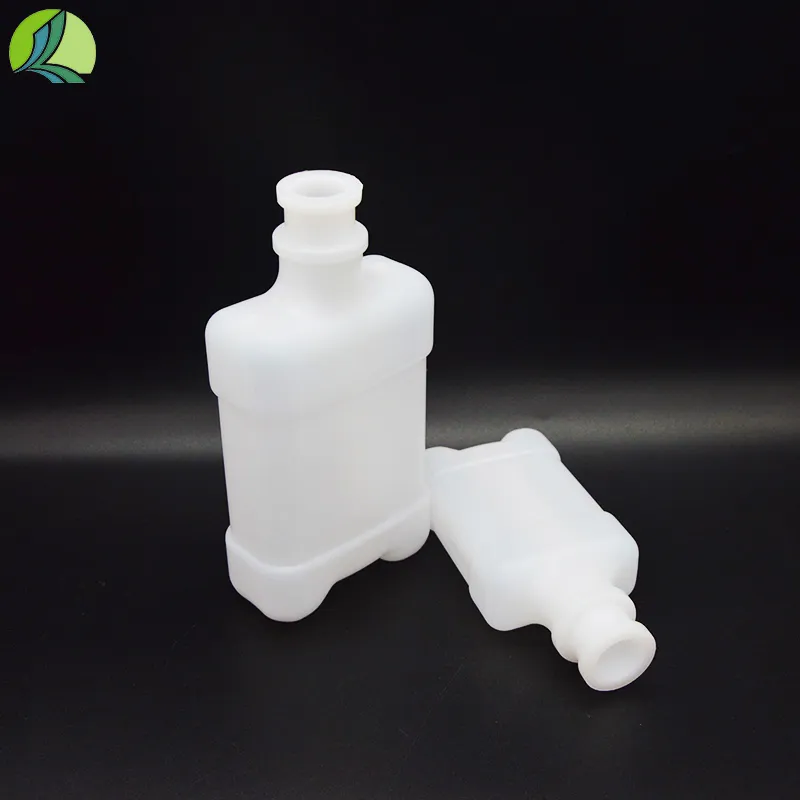Innovative Sampling Tubes for Efficient Collection and Storage of Disposable Viruses in Various Environments
The Role of Disposable Virus Sampling Tubes in Modern Healthcare
In the wake of the global pandemic and ongoing health crises, the importance of efficient and safe virus sampling cannot be overstated. One of the pivotal innovations in this field is the disposable virus sampling tube, a tool designed to enhance the accuracy and safety of virus collection for diagnostic purposes. This article explores the significance, design, and impact of disposable virus sampling tubes in contemporary healthcare.
Importance of Virus Sampling
Virus sampling is crucial for diagnosing infections, monitoring viral load, and conducting epidemiological studies. Proper sampling is essential for accurate results, which in turn inform treatment decisions and public health responses. Traditional sampling methods, which often involved reusable equipment, posed risks of contamination and cross-infection. This is where disposable virus sampling tubes come into play, offering significant advantages in terms of safety, efficiency, and reliability.
Design and Features
Disposable virus sampling tubes are specifically designed to accommodate the unique requirements of virus collection. Typically made from high-quality, sterilizable plastic, these tubes ensure that samples are not contaminated during collection, transport, or storage. They come in various sizes and designs to cater to different types of samples, including nasal swabs, throat swabs, and saliva samples.
One of the key features of these tubes is their airtight seals, which prevent leakage and protect the integrity of the sample. Many manufacturers incorporate specialized preservatives or media within the tubes to stabilize RNA or DNA, ensuring that the viral genetic material remains viable for testing. Additionally, clear labeling and color-coding help healthcare professionals quickly identify and use the correct tubes for different tests.
disposable virus sampling tube

Advantages of Disposable Sampling Tubes
1. Infection Control The most significant advantage of disposable virus sampling tubes is their role in maintaining infection control standards. By using single-use tubes, the risk of cross-contamination between patients is drastically reduced, protecting both healthcare workers and patients.
2. Ease of Use Disposable tubes are user-friendly. They are often pre-packaged with swabs, making the sampling process straightforward. This ease of use is crucial in high-pressure situations, such as during outbreaks, where rapid and efficient sampling is essential.
3. Cost-Effectiveness While disposable tubes may appear more expensive on a per-unit basis compared to reusable options, the overall costs associated with cleaning, sterilizing, and maintaining reusable equipment can add up significantly. By simplifying the sampling process, disposable tubes can also reduce the time and labor required for sample collection and processing.
4. Environmental Considerations Advances in manufacturing technologies have led to the development of biodegradable materials for disposable virus sampling tubes. This innovation addresses environmental concerns associated with medical waste, making disposable options more sustainable.
Conclusion
In conclusion, disposable virus sampling tubes are a critical component of modern healthcare diagnostics. They enhance the accuracy of virus detection while minimizing the risks associated with infection transmission. As healthcare continues to evolve, the importance of safe, efficient, and reliable tools like disposable sampling tubes will undoubtedly become even more pronounced. The ongoing innovation in this field suggests a promising future where diagnostic processes can be conducted with greater confidence and efficiency, ultimately improving patient outcomes and public health responses.
-
Aesthetic Makeup Spray Bottles | Fine Mist Empty RefillableNewsAug.19,2025
-
White Plastic Veterinary Vaccine Vials | Lab Liquid BottlesNewsAug.18,2025
-
Plastic Medicine Liquid Bottle: Secure Flip Top Drug VialsNewsAug.17,2025
-
Durable 250ml Blue Plastic Vaccine Vial for Lab & Vet UseNewsAug.16,2025
-
Sterile Virus Sample Tubes: Secure & Reliable Specimen CollectionNewsAug.15,2025
-
White 250ml Plastic Vaccine Vial for Lab & Vet MedicineNewsAug.14,2025
























